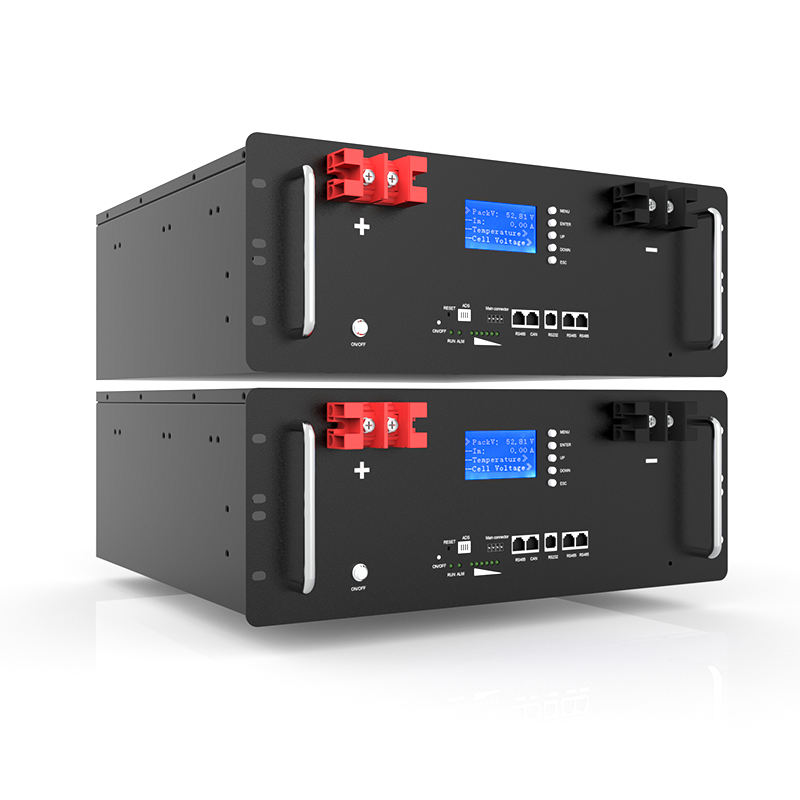Lithium battery has a bad characteristic -- self discharge. Self discharge is related to voltage (the charged electric quantity, i.e. the saturated state of charging). Therefore, the long-term storage of lithium battery should be charged with a certain amount of electric quantity, while the capacity of lithium battery will be lost in the process of storage (the effectiveness of lithium battery). The amount of charged electric quantity and storage temperature of lithium battery will affect the capacity of lithium battery. The following are different Temperature and battery full state, remaining capacity of lithium battery after one year storage:
Storage temperature - 40% state of charge - 100% state of charge
0 degree -------- 98% ------------- 94%
25 degrees -------- 96% ------------- 80%
40 degrees -------- 85% ------------- 65%
60 degrees -------- 75% --------- 60%
It can be seen that the higher the storage temperature and the fuller the battery charge, the more severe the capacity loss. Therefore, long-term storage of lithium-ion batteries is not recommended. If users have idle batteries in their hands, the storage conditions recommended by experts are that the charging level is 40%, and the storage temperature is lower than 15 ℃ or lower.
Related News
- 200Ah battery
- Can ternary lithium battery and lithium-ion battery chargers be used interchangeably?
- Two-wheeled electric vehicles 100 km mileage secret: 48V, 60V, 72V with the battery size?
- Key Advantages of Sodium Batteries in Automotive Starting Systems
- What is the difference between a prismatic and cylindrical lithium battery?
- The benefits of battery management systems
- Application of lithium-ion battery packs in household and commercial energy storage
- How long is the real life of lithium iron phosphate battery ?
- What are 48V lithium batteries for?
- Detailed explanation of the working principle of energy storage battery system!







